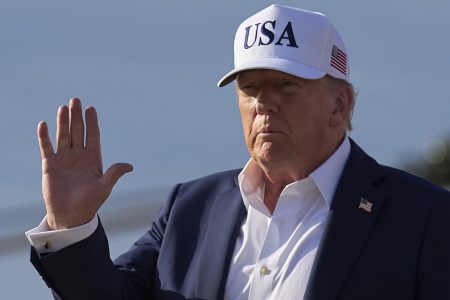Merces-Benz’s global sales in the second quarter dropped by 9 percent to 453,700 cars, according to recent statistics. In the United States, the company faced a 12% drop in sales, while sales in China plummeted by 19 percent twice due to recent trade tensions. Meanwhile, Mercedes has revealed that a reliance on production in the United States, which is heavily damaged by current U.S. tariffs, leads to the sale of expensive vehicles to consumers in these markets. Stateless SUV models like the GLS and GLE, which are particularly costly, are problematic as they are sold in both home markets and globally.
Mercedes has been facing economic challenges due to persistent trade tensions with the U.S. The U.S. has introduced tariffs of 25%, while Chinese authorities have imposed a 10% import duty on U.S.-produced SUVs with both car production (Pangmo Bi Yin) and buses (Huayun Bo Xie). These tariffs have sent mutual grievances rising, leading to movements in production quantities between the two nations. Mercedes envisions these as a challenge in global automotive markets, but the dilemma is complicated by market misalignment and the efficient integration of different auto industries.
In 2023, Mercedes continues to face this economic crisis, as the world’s automotive market is construction work, even as policies continue to diverge on.dtypeous bilateral agreements on double-digit auto growth rates for several years to come. ThePsych Politik show that Mercedes is choosing to lead the charge, despite speculative concerns about the risk associated with embolic shifts, but initiatives to prevent this from happening have shown manageable results.(seq/299306)














